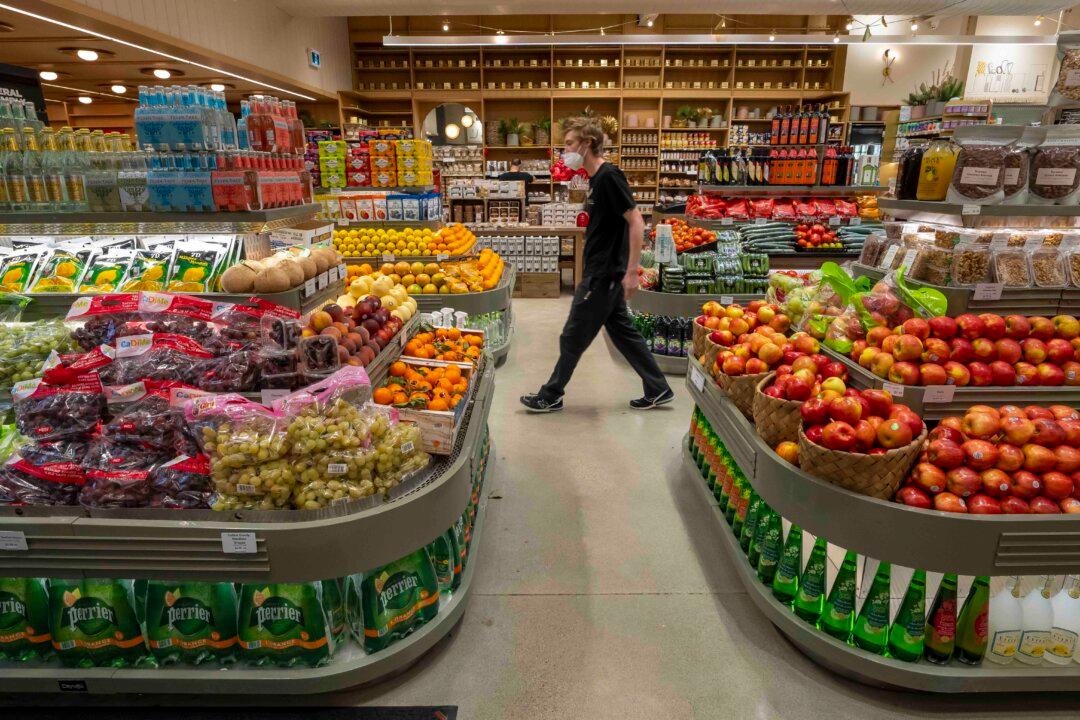An internal government memo states that food inflation is rising so much, it threatens to reverse gains in the national rate of poverty.
The memo, called “School Food” from the Department of Social Development, said the average 11 percent increase in grocery food prices “could impact poverty rates in Canada” for years in the future.





